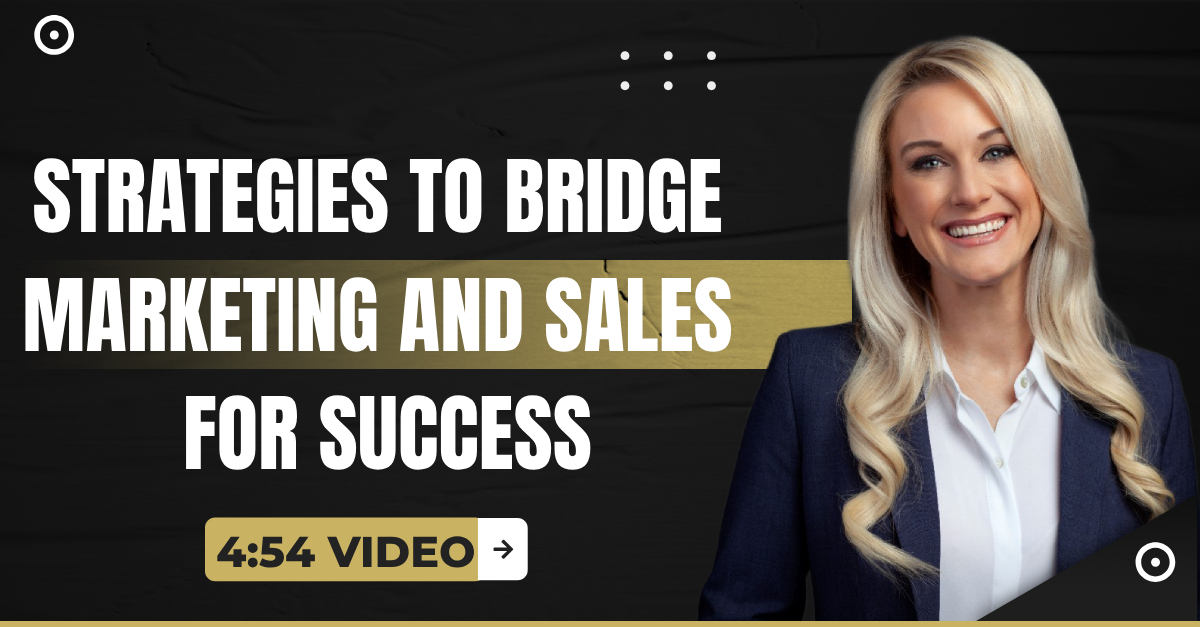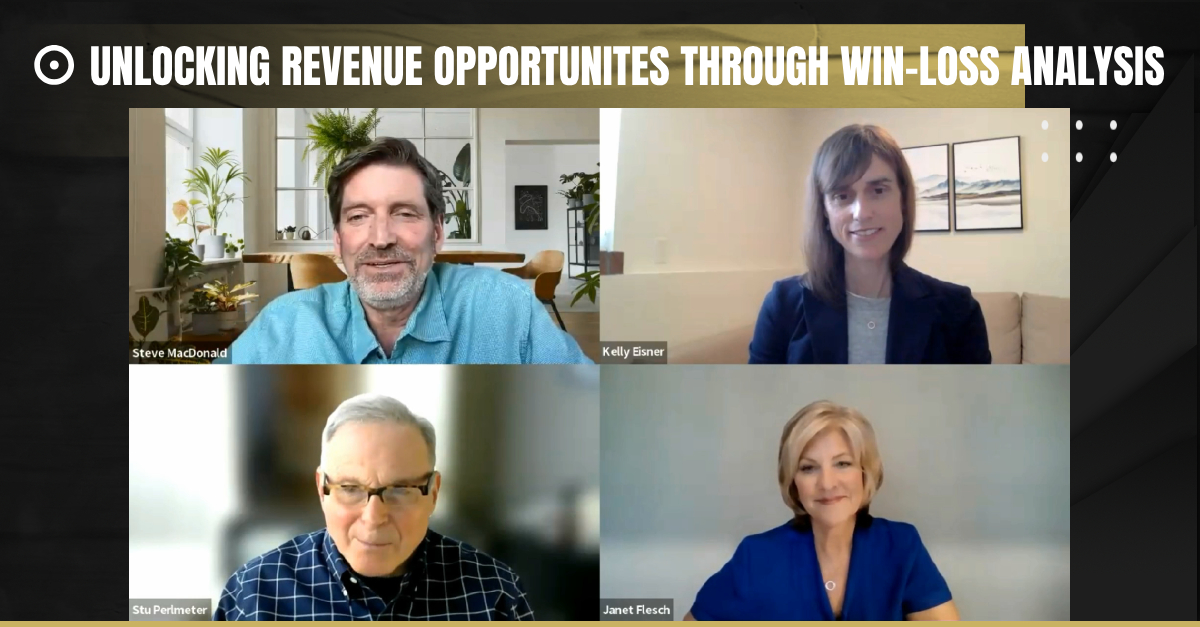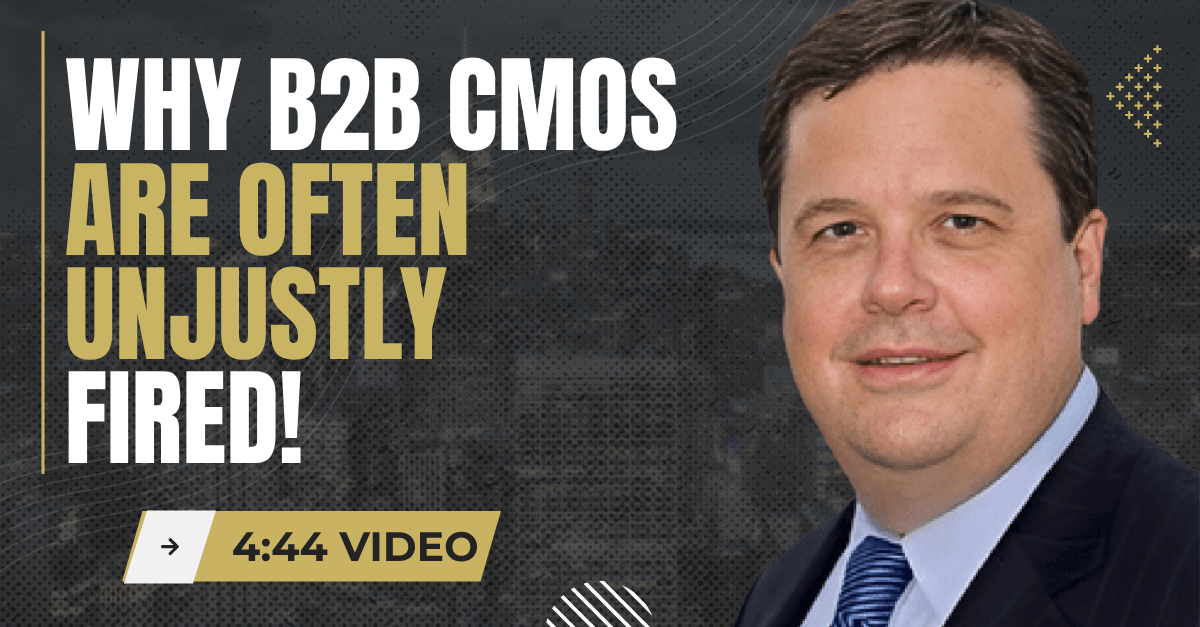(4:44 Summary Video) “Why B2B CMOs Are Often Unjustly Fired”
In this 4:44 video, Mark Stouse, former CMO and now CEO of Proof Analytics, discusses the time lag problem in B2B marketing and its challenges for CMOs. He shares insights from a research project where the analysis revealed that 4 out of 5 firings were unjustified.

It’s time to expect more from B2B content marketing. Traditional content marketing solves problems, where thought leadership sparks conversations at every stage of the buyer’s journey. Why shouldn’t the very act of creating thought leadership content also be a direct lead generation or sales activity itself? In a world where B2B buyers are trending more and more toward a self-serve buyers journey, marketing needs to play a bigger role in starting conversations earlier in the process.
As B2B founders, we simplify your path to being recognized as industry experts with the highest sales closing rates.
CMOs often exhaust their runway by the time they launch program investments, leading to a perception that nothing is happening. However, the investments start to pay off just as the CMOs are terminated, resulting in a lack of attribution and understanding.
“The CMO was doing her job. It’s just that nobody, including her, knew how long it would take to show ROI. No one knew the expectations that needed to be set.” – Mark Stouse
Mark emphasizes that time lag in B2B is significant and asynchronous, with marketing and sales performance often not aligning in the same quarter. He stresses the importance of setting expectations with the business and presenting multiple scenarios to demonstrate the cost of not investing versus the value of investing.
To learn more, watch the 4:44 video or read the article below.
To catch the full interview with Mark on “Part 6: Why Do B2B CMOs Fail So Quickly?,” CLICK HERE.
Article: “Why B2B CMOs Are Often Unjustly Fired”
From a podcast interview with the former CMO of a large enterprise organization and the current CEO of Proof Analytics, Mark Stouse
Introduction
In the fast-paced world of marketing, time is of the essence. However, a significant challenge often needs to be noticed – the time lag between marketing efforts and their impact. This time lag can have profound implications for businesses, particularly in the B2B sector. This article will delve into the insights shared by industry expert Mark Stouse as he sheds light on the hidden implications of the time lag challenge in marketing.
Unveiling the Time Lag Challenge
According to Stouse, the time lag challenge is a critical issue that can hinder the success of marketing initiatives. He highlights a study on five companies that had recently fired their Chief Marketing Officers (CMOs). Surprisingly, four out of the five terminations were found to be unjustified.
Stouse explains, “By the time these CMOs did their listening tour and revamped the brand or website, they had used up a lot of their runway. When they started launching program investments earnestly, it looked like nothing was happening.”
The Asynchronous Nature of B2B Marketing
Stouse emphasizes that the time lag challenge is particularly pronounced in the B2B sector.
He explains, “Everything in B2B, particularly, is time lag. It can vary anywhere from 2 months to 18 months, depending on the nature of the business.”
This asynchronous nature of B2B marketing means that the performance of marketing and sales teams in a given quarter may have little correlation.
Stouse elaborates, “Q2 marketing performance and Q2 sales performance usually have nothing in common. Q2 sales performance might have some statistical correlation with the previous Q3 marketing performance.”
The Perceived Risk of Long-Term Investments
One of the key implications of the time lag challenge is the perceived risk associated with long-term investments.
Stouse explains, “To a business team, stuff that takes a long time to pay off feels a lot riskier.”
This perception can lead to a reluctance to invest in marketing initiatives that may take time to yield results. However, Stouse argues that not investing in these initiatives can be even riskier in the long run.
The Importance of Business Conversations
To overcome the challenges posed by the time lag, Stouse emphasizes the need to shift the conversation from marketing to business.
He states, “Turning the entire thing into a business conversation, not a marketing conversation, is so important.”
By framing marketing initiatives in terms of their impact on the overall business objectives, it becomes easier to justify long-term investments and align expectations with the time lag inherent in B2B marketing.
Implications for Businesses
The insights shared by Mark have significant implications for businesses, particularly those operating in the B2B sector. It is crucial for organizations to understand the time lag challenge and its impact on marketing initiatives.
Stouse warns, “Not doing it most of the time is even riskier.”
By recognizing the importance of long-term investments and aligning expectations with the time lag, businesses can make informed decisions that drive sustainable growth.
Conclusion
As businesses become more data-driven and analytics-focused, there is an opportunity to understand better and manage the time lag. Stouse suggests that the ability to show multiple scenarios and demonstrate the cost of not investing versus the value of investing will be crucial in shaping future marketing conversations.
The time lag challenge in marketing is a complex issue that requires careful consideration. By acknowledging the asynchronous nature of B2B marketing and shifting the conversation to a business-focused approach, organizations can navigate the time lag challenge more effectively.






